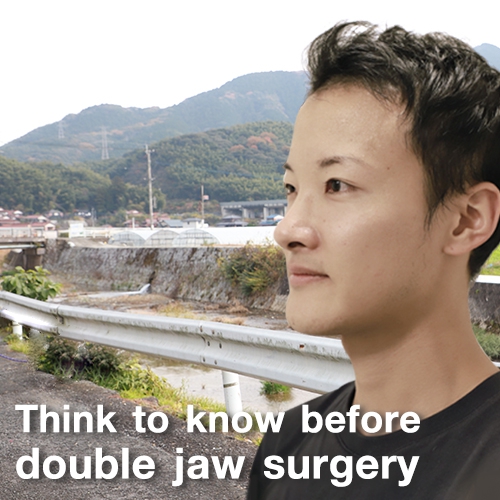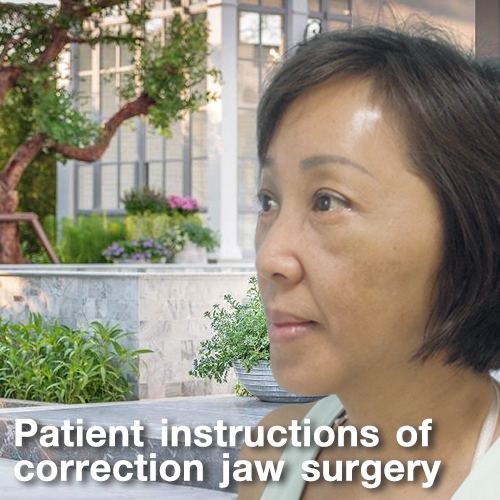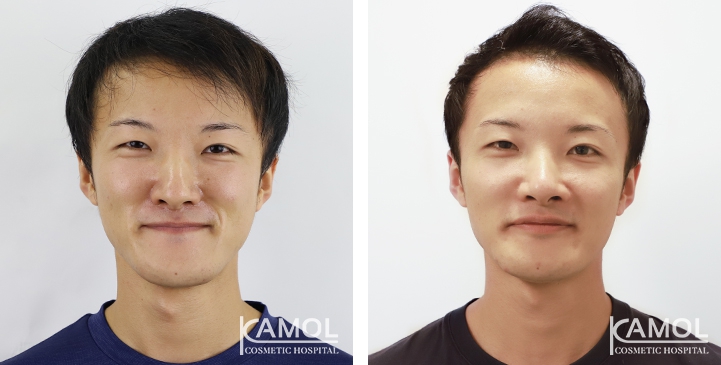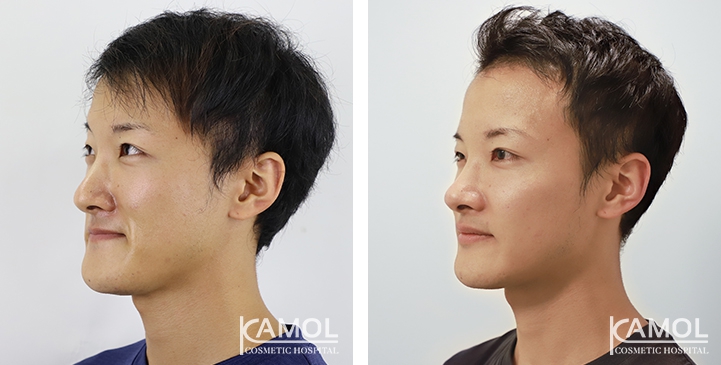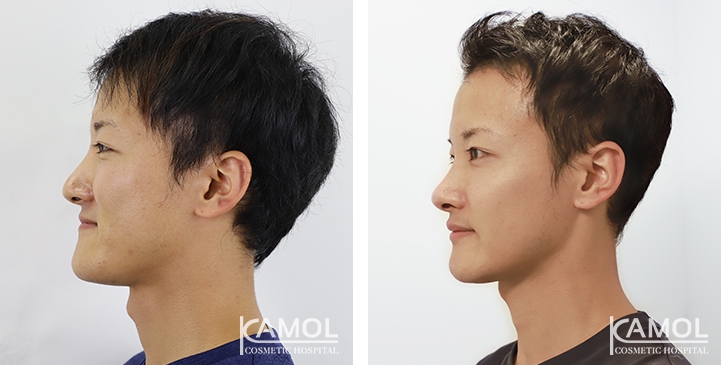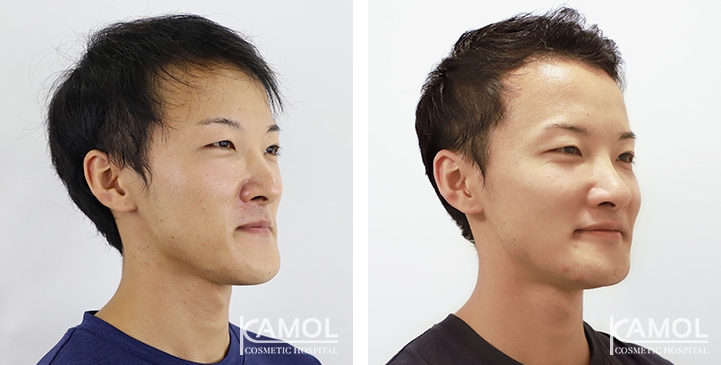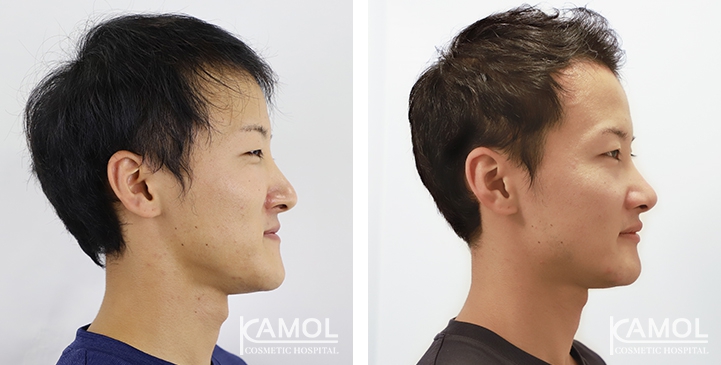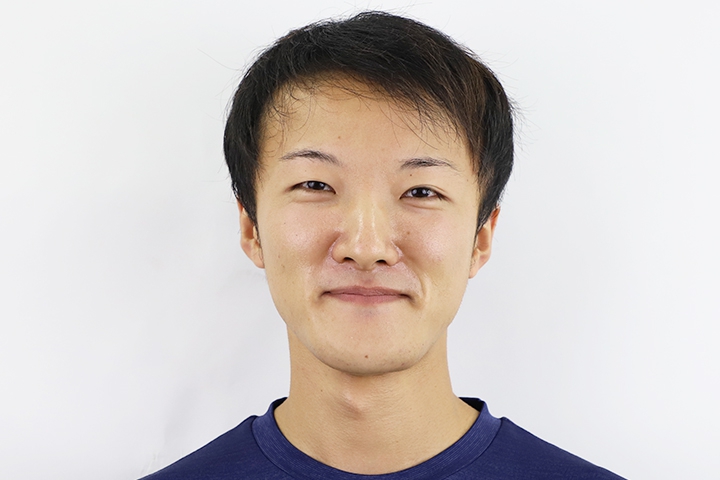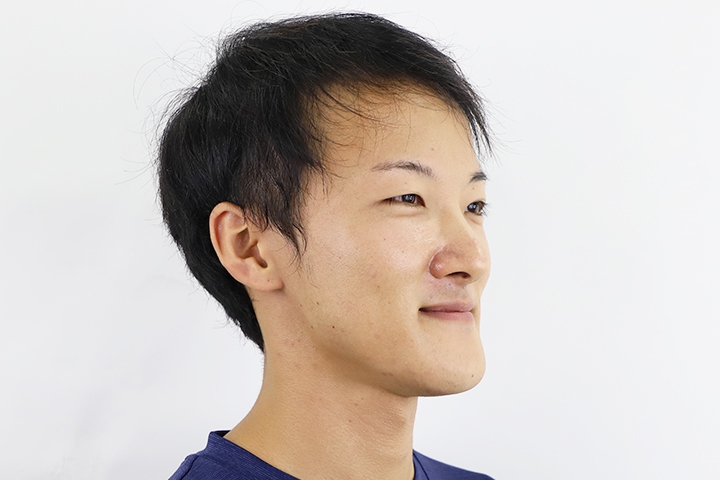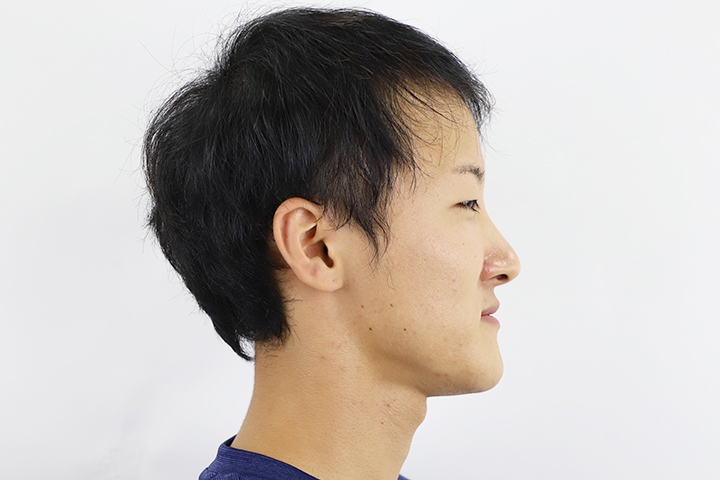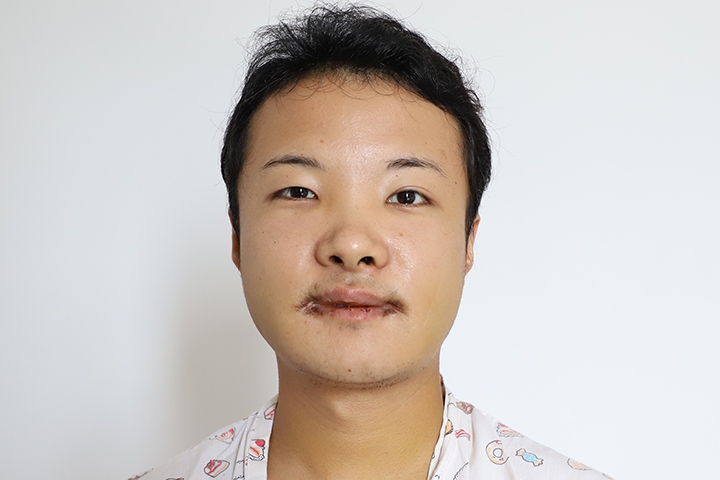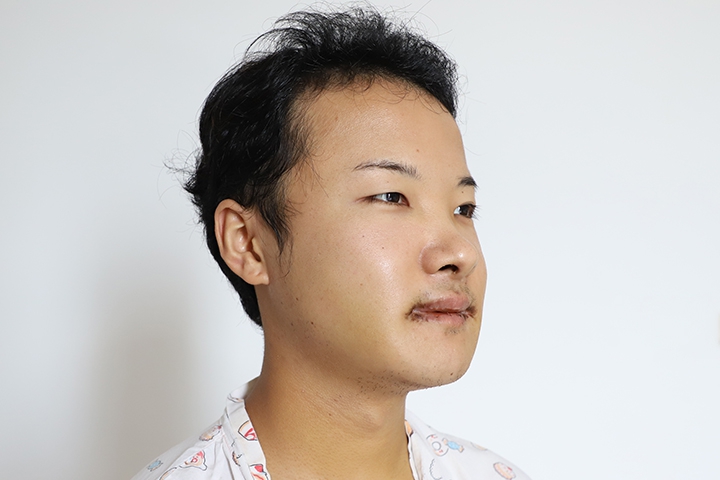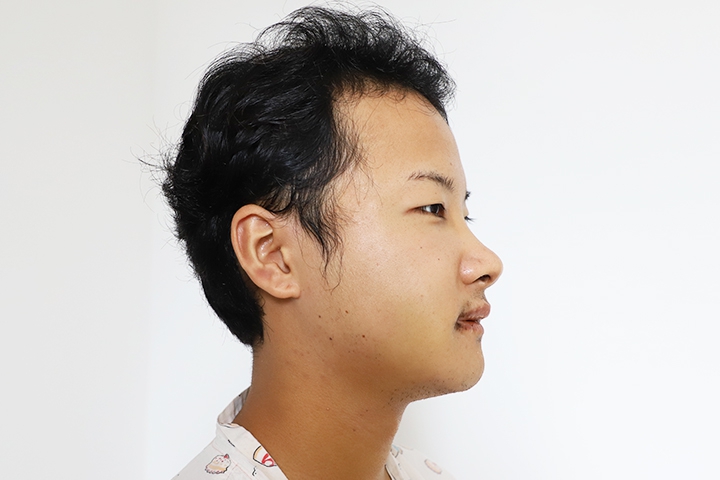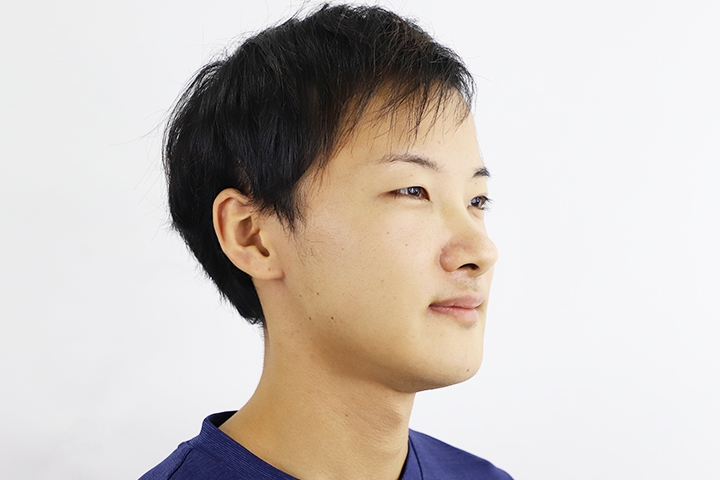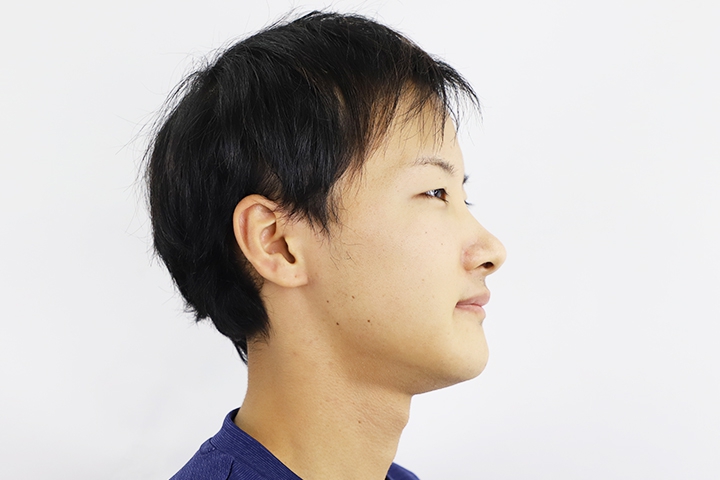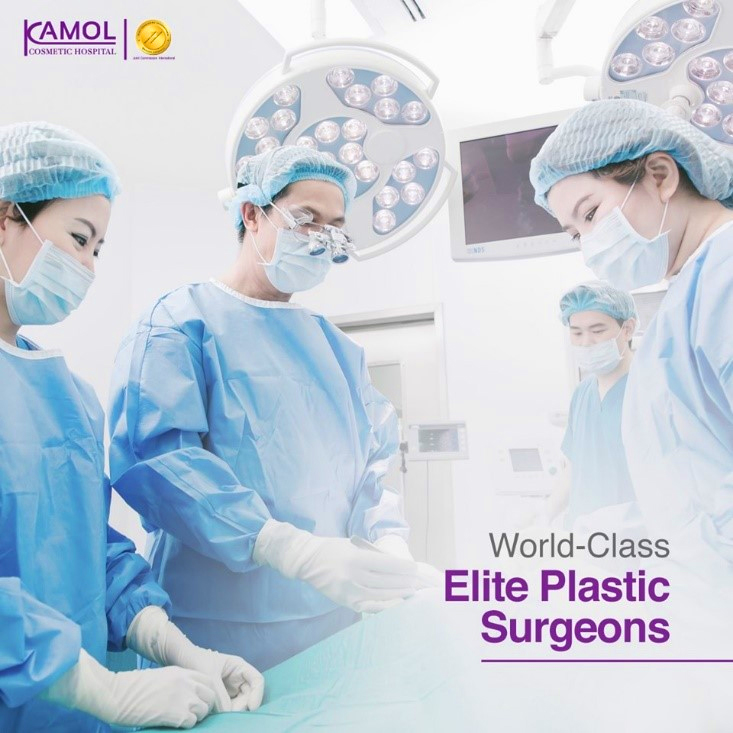Corrective Jaw Surgery, Mandibular Osteotomy
Corrective jaw surgery is a surgical procedure to correct irregularities of the jaw bones and adjust the jaws and teeth to improve how they work. Making these corrections may also improve the patient’s facial appearance. This procedure requires collaboration between an orthodontist and a maxillofacial (jaw and face) surgeon for the planning of your treatment, before surgery and during recovery, until healing is complete. Corrective jaw surgery is appropriate after growth stops, usually around the age of 16-17 years old.
A Good Candidate for Corrective Jaw Surgery
People who have some problems and want to improve both aesthetics and functions of jaw and teeth as follows;
- Chewing or biting
- Swallowing, speaking, and breathing
- Minimize broken teeth
- The open bits
- Unbalance the facial feature
- The ability of the lips to fully close comfortably
- Pain caused by temporomandibular joint (TMJ) disorder
- Relief for obstructive sleep apnea
Corrective Jaw Surgery Preparation
An orthodontist prepares the teeth before surgery by bracing. This phase usually takes 12 to 18 months before surgery to adjust the level and alignment of the teeth. The orthodontist and maxillofacial surgeons work to develop a treatment plan, involving X-rays, pictures, and models of your teeth movement.
Corrective Jaw Surgery Correction
The procedure usually performs intraorally. Incision scars show on the chin, jaw, or around the mouth. The surgeon makes cuts in the jawbones and moves them into the correct position. Once your jaw movement is completed, the miniplate and screws, wires and rubber bands may be used to secure the bones into their new location. Jaw surgery may perform on the upper jaw, lower jaw, chin, or any combination of these.
Upper Mandibular Osteotomy
Upper jaw surgery may perform to correct the following problems:
- Significantly receded or protruding upper jaw
- Crossbite
- Too much or too little of the teeth showing
- Open bite
- Reduced facial growth of the middle of the face
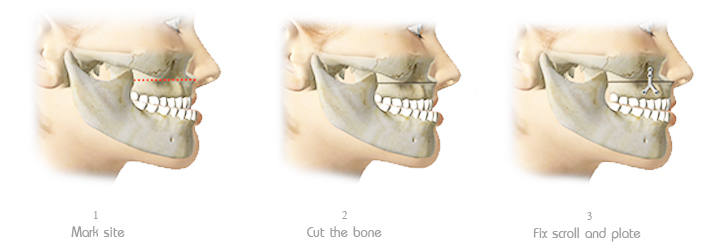
Picture 1. Shows Upper Jaw Surgery
The surgeon cuts the upper jaw, so it moves as one unit. The jaw and upper teeth move forward or backward until they fit correctly with the lower teeth. The surgeon then fixes by using plates and screws to hold the bone in the new position, then shaves or removes the excess bone.
Lower Mandibular Osteotomy
Lower jaw surgery may perform to correct the following problems:
- Receding lower jaw
- Protruding lower jaw
The surgeon makes cuts behind the molars and lengthwise down the jawbone, so the front of the jaw can move as one unit. The jaw can be moved to its new position, either forward or backward. Plates and screws hold the jawbone together as it heals.
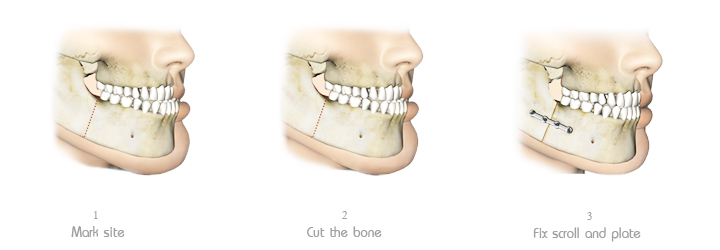
Picture 2. Lower Jaw Backward Surgery
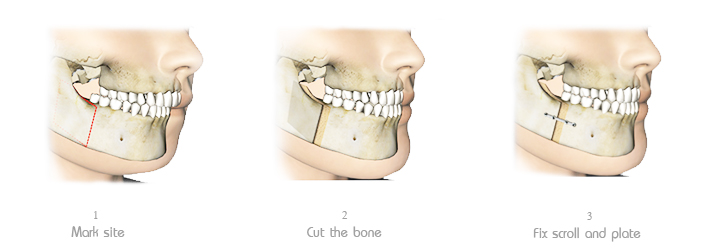
Picture 3. Lower Jaw forward Surgery
Postoperative Care
After surgery, you will provide guidance and instructions. These usually include:
- What you can eat
- Oral hygiene
- Avoiding tobacco
- Avoiding strenuous activity
- Medications to control pain
- When to return to work or school, which is generally in1-3 weeks
Jaw healing takes about six weeks after surgery, but complete healing can take up to 12 weeks.
Risks and complication
Corrective Jaw Surgery is generally safe when performed by an experienced oral and maxillofacial surgeon, in collaboration with an orthodontist. Risks and complications of the surgery, however, may include:
- Blood loss
- Infection
- Nerve injury
- Jaw fracture
- Relapse of the jaw to the original position
- Problems with bite fit and jaw joint pain
- Need for a second surgery
- Need for root canal therapy on selected teeth
- Loss of a portion of the jaw
Results
Correcting the alignment of your jaws and teeth with jaw surgery can result in:
- The balanced appearance of your lower face
- Improved function of your teeth
- Health benefits from improved sleep, breathing, chewing and swallowing
- Improvement in speech
- Improved appearance
Getting to Know for Corrective Jaw Surgery
Think to know before double jaw surgery
Think to know before double jaw surgery
Patient instructions of correction jaw surgery
Patient instructions of correction jaw surgery
Does jaw correction surgery change your face
Does jaw correction surgery change your face?
Before & After Corrective Jaw Surgery
Reviews Corrective Jaw Surgery
Video: Corrective Jaw Surgery
How safe is Double Jaw Surgery compared to other facial surgeries?
Double jaw surgery, also known as mandibular and maxillary osteotomy, is a complex and intricate procedure that involves the repositioning of the upper and lower jaws.
‘While the procedure offers several benefits, including improved facial aesthetics and better function, it's important to consider the potential risks involved.’
At Kamol Cosmetic Hospital, the safety of our patients is our top priority, and we take all necessary measures to minimize the danger of double jaw surgery and other facial surgeries.
Compared to other facial surgeries, double jaw surgery is considered to be a more invasive procedure. The surgery requires a general anesthetic and typically involves a longer recovery period. However, with proper planning and post-operative care, the risks associated with the surgery can be reduced.
‘Kamol Cosmetic Hospital Use only the most advanced surgical techniques to ensure the best possible outcome for our patients. We work with highly qualified and experienced oral and maxillofacial surgeons who are trained in the latest methods for double jaw surgery.’
- One of the key factors that sets Kamol Cosmetic Hospital apart from other medical facilities is their commitment to patient safety. They employ a team of highly trained professionals, including anesthesiologists and nurses, who work together to ensure that patients are comfortable and well taken care of before, during, and after surgery. In addition, they follow strict protocols for infection control and patient care to minimize the risk of complications
- Another important factor that contributes to the safety of double jaw surgery at Kamol Cosmetic Hospital is their focus on patient education. Prior to surgery, patients receive a comprehensive consultation with their surgeon to discuss their medical history, expectations, and any potential risks involved. This helps patients to make an informed decision about whether double jaw surgery is the right choice for them.
In conclusion,
Double jaw surgery is a complex procedure that requires a high level of skill and expertise to perform safely. At Kamol Cosmetic Hospital, they are dedicated to providing their patients with the best possible outcome, and they take all necessary measures to minimize the danger of the procedure. With their state-of-the-art equipment, highly qualified surgical team, and commitment to patient safety, patients can feel confident that they are in good hands when undergoing double jaw surgery at Kamol Cosmetic Hospital.
Why Thailand is a plastic surgery destination?
Thailand is a top destination for plastic and cosmetic surgery, as it is the high quality and specialist skills of the surgeons, they provide first-class hospital treatments, and the affordable cost all add up to a satisfying all-around package. There is also the added temptation to recover post-procedure in luxury hotels or recovery service apartments


